At phosphorus it is an important mineral that is found in almost all foods. It fulfills a multitude of functions in the human organism.
What is phosphorus
Phosphorus is a mineral that is of essential importance for all living things. The phosphorus compounds form part of DNA molecules and RNA molecules, which are among the carrier substances for genetic information.
Phosphorus enters the body as phosphate through food. There the mineral contributes to the stability of teeth and bones. It is also important for generating energy and for building cell walls. The human body contains around 700 grams of phosphorus in the form of phosphate. Around 85 percent of the mineral is stored in the bones. The teeth and soft tissues also contain around 105 grams. Another 0.7 grams are outside the cells, such as in the blood plasma.
Function, effect & tasks
Phosphorus fulfills various important functions in the human organism. It is used as a building material for teeth and bones. Together with calcium, it is incorporated in the form of hydroxyapatite, which gives bones and teeth their hardness. In addition, phosphorus plays a role in the transmission of signals within the cells.
The mineral also serves as a component of the human genetic makeup and as a cell membrane component. In the form of adenosine triphosphate, it provides energy, ensures the acid-base balance of the blood, stabilizing its pH value, and contributes to the effects of various hormones. Phosphorus is also involved in the transport of oxygen and calcium metabolism. Together with calcium, phosphorus has a supporting function for the bones, which are also where most of the phosphorus is present.
Phosphorus is also used outside the body. White phosphorus is used as the starting material for the production of phosphoric acid as well as for the representation of different phosphates. Most phosphates are used as fertilizers. Further phosphorus parts are processed into phosphorus (V) sulfide and phosphorus trichloride (PCI3). These form important raw materials for pesticides, plasticizers, additives and flame retardants. On the other hand, red phosphorus is used to make matches. Since white phosphorus is very poisonous and can ignite itself, it is even used for military purposes.
But phosphates are also important in the food industry, where they are used in the form of polyphosphates. They serve u. a. for water softening, for the production of fish fingers or boiled sausages and as melting salt for processed cheese.
Education, occurrence, properties & optimal values
Phosphorus can be found in almost all foods. The mineral is particularly rich in protein-containing foods. These primarily include fish, meat, milk and dairy products. Phosphorus is also found in fruits and vegetables such as potatoes. Phosphorus is also a component of so-called soft drinks.
If organic phosphorus compounds are absorbed by the human body, enzymes break them down into inorganic phosphate. 70 percent of the phosphorus is absorbed within the small intestine. 60 to 80 percent of the mineral is excreted via the kidneys and urine. The remaining 20 to 40 percent are eliminated from the body through the stool. To a small extent, sweat is also involved in the elimination process.
Because phosphorus forms insoluble salts together with calcium, aluminum and iron, a simultaneous intake of these substances can lead to a reduction in phosphorus absorption. The need for phosphorus depends on the calcium intake. It is recommended to add both substances in a ratio of 1: 1 or 1: 1.2 calcium-phosphorus. As a rule, however, humans consume considerably more phosphate than calcium. Even with a vegetarian diet, the ratio often cannot be achieved.
Basically, adults have a phosphorus requirement of around 700 milligrams a day. Children up to 10 years of age should receive 500 to 800 milligrams daily. A daily dose of 1205 mg is recommended between the ages of 10 and 19, although a slightly larger amount is required as you grow. A daily amount of 800 to 900 mg is recommended for pregnant and breastfeeding women.
Diseases & Disorders
As a rule, the daily phosphorus requirement can be covered by a balanced diet. However, if a person suffers from certain diseases such as alcohol addiction or functional disorders of the kidneys, there is a risk of phosphorus deficiency.
The same applies in the case of artificial nutrition. A lack of vitamin D or an overactive parathyroid gland can also be responsible for a phosphorus deficiency. If the phosphate level in the blood drops, there is a risk of health problems such as softening of the bones, which in children is known as rickets.
An overdose of phosphorus in the body usually only occurs with kidney dysfunction. In medicine, an excessively high phosphate level in the blood is known as hyperphosphataemia. Bone structure disorders due to a high intake of phosphorus and a simultaneous low calcium intake are now considered to be rather unlikely. In addition, doctors suspect a connection between ADHD (attention deficit hyperactivity disorder) and high phosphorus intake.
If the intake of phosphorus is too high in relation to calcium, this can lead to a disruption of the calcium balance regulation. This increases the breakdown of bone substance. In the case of hyperphosphataemia, foods containing phosphorus are more likely to be unfavorable. However, since a diet without phosphorus is practically impossible to implement, phosphate binders such as calcium carbonate are used for treatment.


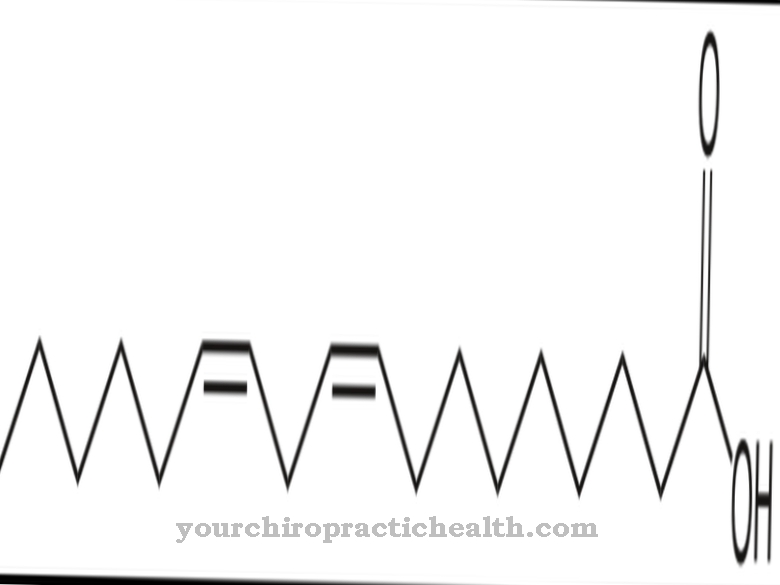


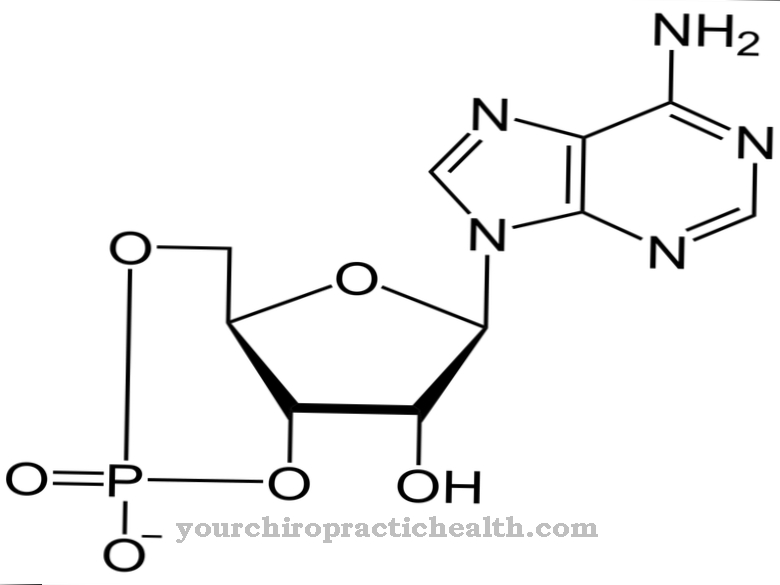




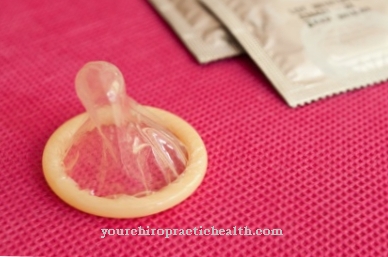



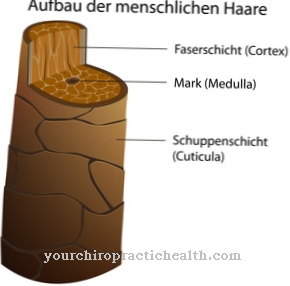

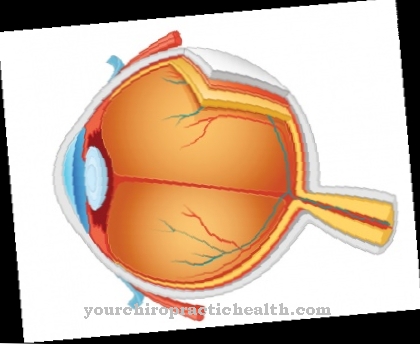


.jpg)








